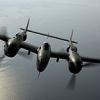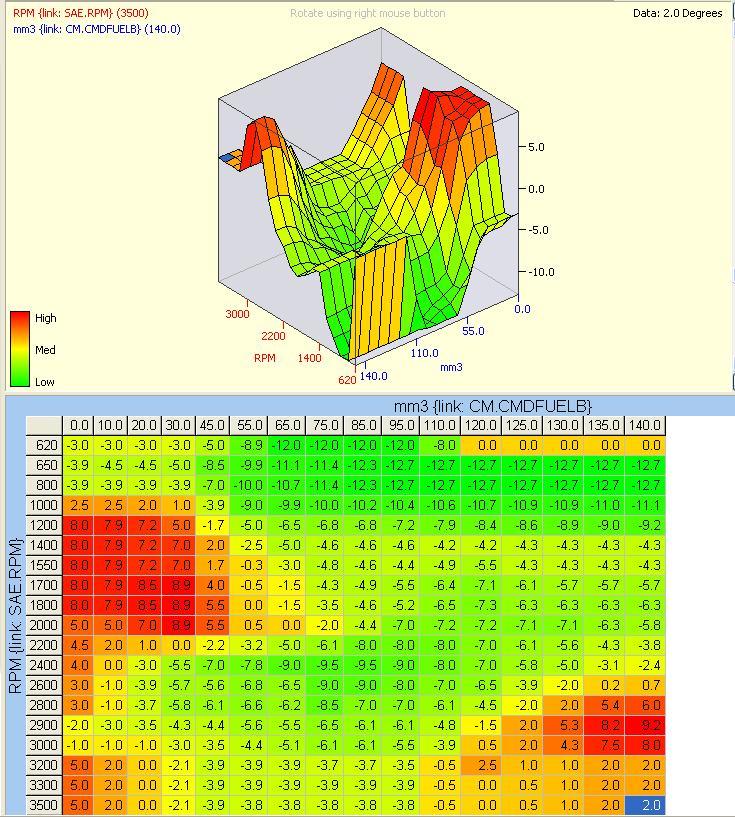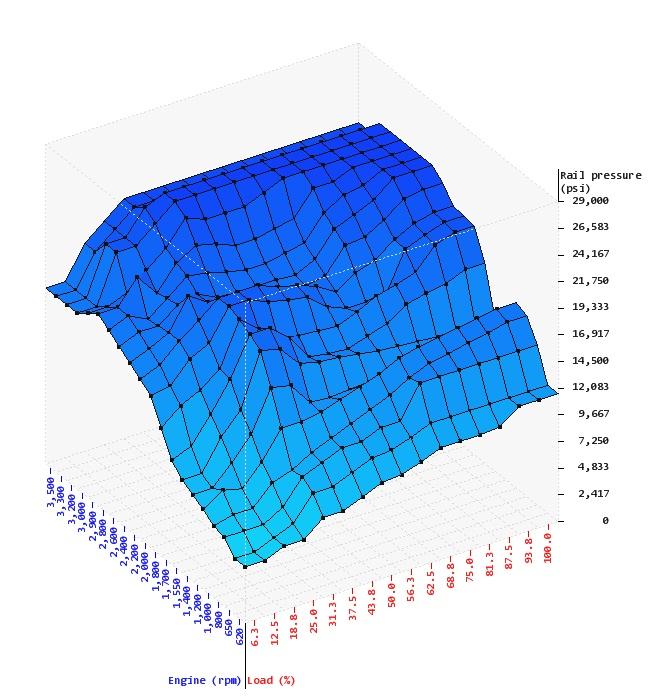Welcome To Mopar1973Man.Com LLC
We are privately owned, with access to a professional Diesel Mechanic, who can provide additional support for Dodge Ram Cummins Diesel vehicles. Many detailed information is FREE and available to read. However, in order to interact directly with our Diesel Mechanic, Michael, by phone, via zoom, or as the web-based option, Subscription Plans are offered that will enable these and other features. Go to the Subscription Page and Select a desired plan. At any time you wish to cancel the Subscription, click Subscription Page, select the 'Cancel' button, and it will be canceled. For your convenience, all subscriptions are on auto-renewal.
- Replies 128
- Views 57.4k
- Created
- Last Reply
Top Posters In This Topic
-
 AH64ID 38 posts
AH64ID 38 posts -
 ISX 32 posts
ISX 32 posts -
bbraden 26 posts
-
 Mopar1973Man 15 posts
Mopar1973Man 15 posts
Featured Replies
Did This Forum Post Help You?
Show the author some love by liking their post!
Welcome To Mopar1973Man.Com LLC
We are privately owned, with access to a professional Diesel Mechanic, who can provide additional support for Dodge Ram Cummins Diesel vehicles. Many detailed information is FREE and available to read. However, in order to interact directly with our Diesel Mechanic, Michael, by phone, via zoom, or as the web-based option, Subscription Plans are offered that will enable these and other features. Go to the Subscription Page and Select a desired plan. At any time you wish to cancel the Subscription, click Subscription Page, select the 'Cancel' button, and it will be canceled. For your convenience, all subscriptions are on auto-renewal.






I took the P7100 out a while back and I got in a hurry and messed up the timing but it ran fine so I said heck with it. I noticed it started up basically instantly, but quickly fell on it's face. When I pulled our trailer the same place (Branson), instead of the usual 15-20psi max, I was now getting into the 30's and it still didn't have the same power. I found it interesting so I drove it some more, pulled some more and now I got a chance to see exactly what the timing was. Believe it or not, it was at 3.8* :stuned:This was actually good because it really made the effects show. Starting is a lot quicker of course, because the piston gets a chance to go up farther, building more heat before the fuel gets shot in. It was 44F a couple days ago and it was still starting insanely fast and my grids are not hooked up. It actually seemed to be doggier at low RPM driving than usual. You would think it would be better off but it really didn't show that effect at all. Higher in the RPM it was a piece of crap. It still had power I suppose but it was nothing to brag about and definitely didn't snap your neck. Boost has just been wayyyy up there trying to compensate for the crappy fuel burn. Mileage was somewhat worse, but I still got 15mpg pulling the trailer 70mph, which is 2100 RPM. It was very obvious that I was stepping on the pedal a lot more. When you floored it, it really was a junker. Mine being a 215 pump means it has retarding notches to allow more fuel in, which I am told allow up to 4* retarding. Which means it was dumping the fuel in right at TDC. It smoked a lot more at all RPM's.